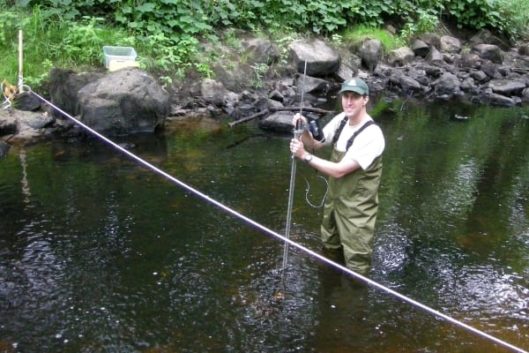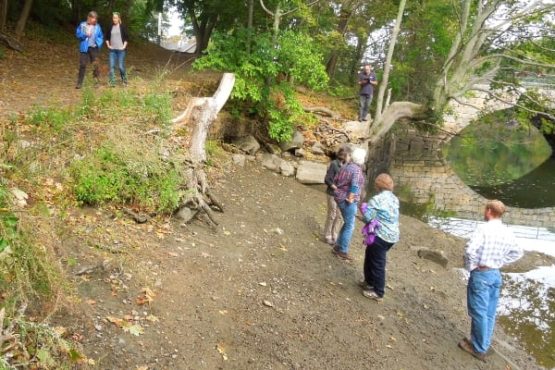RESTORATION & RESILIENCY
As part of safeguarding the river’s future, we evaluate and seek to improve the health and resiliency of the waterways, land and infrastructure throughout the Ipswich River watershed. Each of the categories below encompasses a variety of projects, partnerships and programs which are made possible through the support of our members, targeted grants and our donors.
Current Restoration Projects
You can help us implement more on-the-ground restoration projects by donating. Give today to support a more resilient Ipswich River watershed.

RIVER CONNECTIVITY
Approximately 70 dams and more than 500 bridges and culverts in the Ipswich River watershed degrade habitat quality by altering natural flow patterns, drowning critical riffle habitats and creating impediments to fish passage. The combination of dams and under-sized culverts transforms the Ipswich River from a healthy, free-flowing river to a series of stagnant ponds, particularly during low-flow periods.
CLIMATE RESILIENCY
Severe weather-related events are an increasing challenge in our watershed. Climate change is impacting both coastal and inland communities. Low-flows caused by drought, erosion caused by flooding, and loss of essential marshes to storm surges are a sample of the climate hazards we currently face.


LAND USE
In the Ipswich River watershed there are 4 primary categories of land use: developed land, wetlands, agriculture, and forests. The conversion of natural spaces into developed areas is affecting the health of the Ipswich River. Sprawl development, together with the roads and infrastructure they require, can fragment or eliminate wildlife habitat, increase pollution, replace diverse ecosystems with mono-cultures such as lawns and require additional water for domestic, commercial, industrial and landscape uses.
